14 Stylish & Practical Tile Edge & Trim Ideas for 2025
Elevate your design with these stylish and practical tile edge trim ideas. Whatever tile you choose for your main design, a coordinating (or contrasting) trim will help finish your edges and provide seamless transitions. You can also use tile trim to create an artistic focal point, like a tile picture frame. Read on to for more ideas on how to incorporate this elegant design element into your space. Ready to embark on your next tile project? Find a Tile Shop near you and let us help create a space you’ll love.
01
Layer Trim for Visual Interest
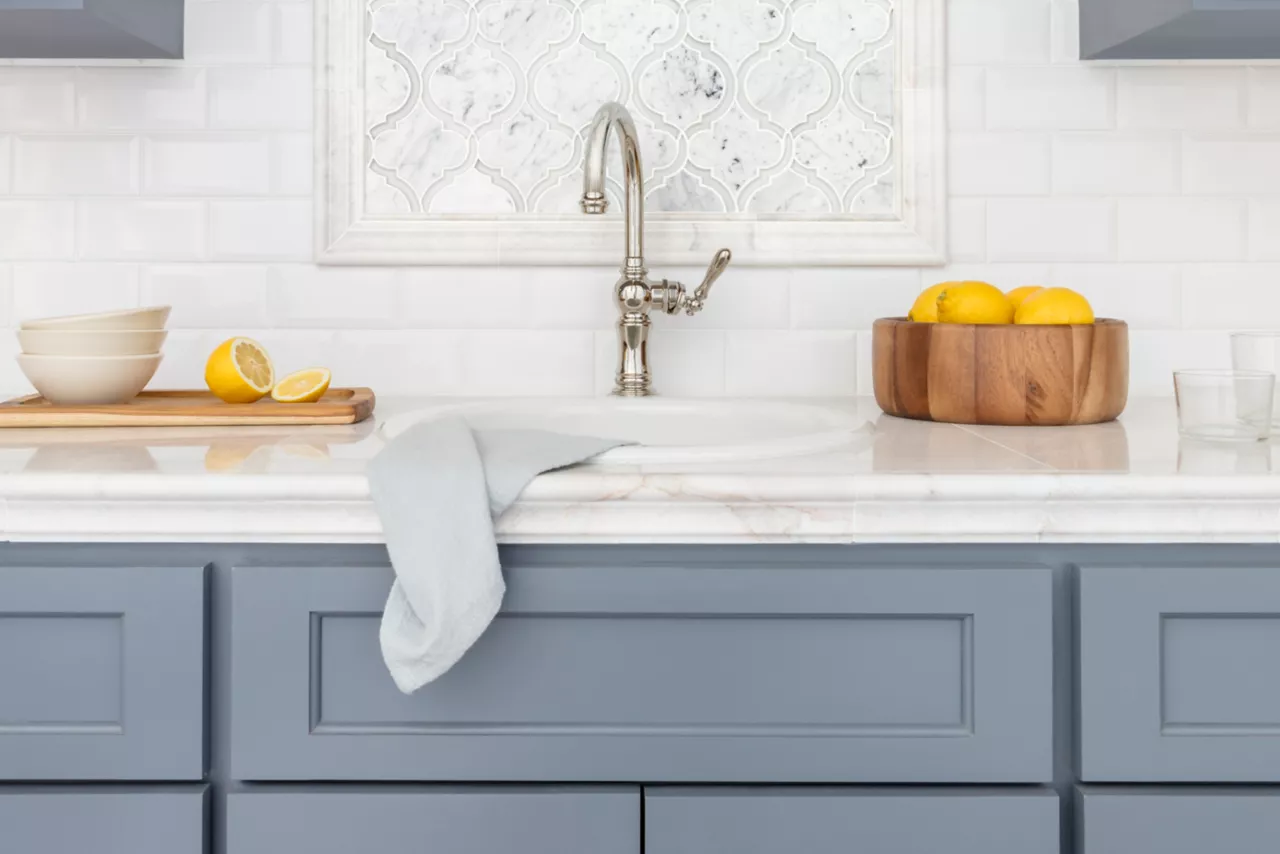
Much like adding throw pillows and a bed skirt enhances a bed, layered trim adds elegance and intentionality to your tile design. This tile picture frame uses Meram Blanc Carrara barnes and somerset tiles, creating a beautifully crafted detail that highlights the Camilla with Glass Stone mosaic tile.
02
Add a Band of Gold Metal
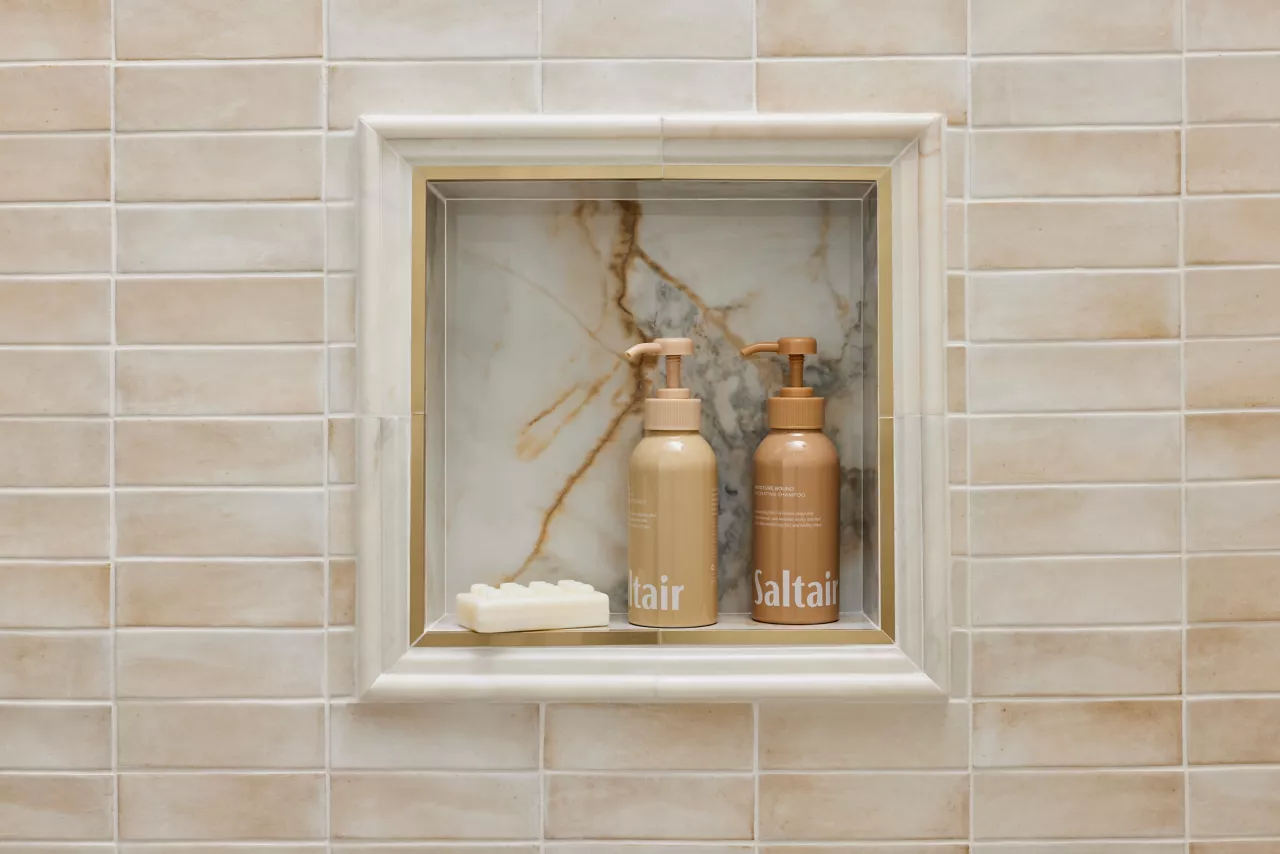
Mixing trim materials is an excellent way to add visual interest. This shower niche layers the Calacata Evora Barnes tile with the Alison Victoria Precious Metals Rose pencil trim, creating a rich texture. Paired with the handmade-look Coco Canvas wall tile and marble-look porcelain backing, this space achieves a sophisticated yet soothingly harmonious appeal.
03
Shower Tile Edge Trim Ideas
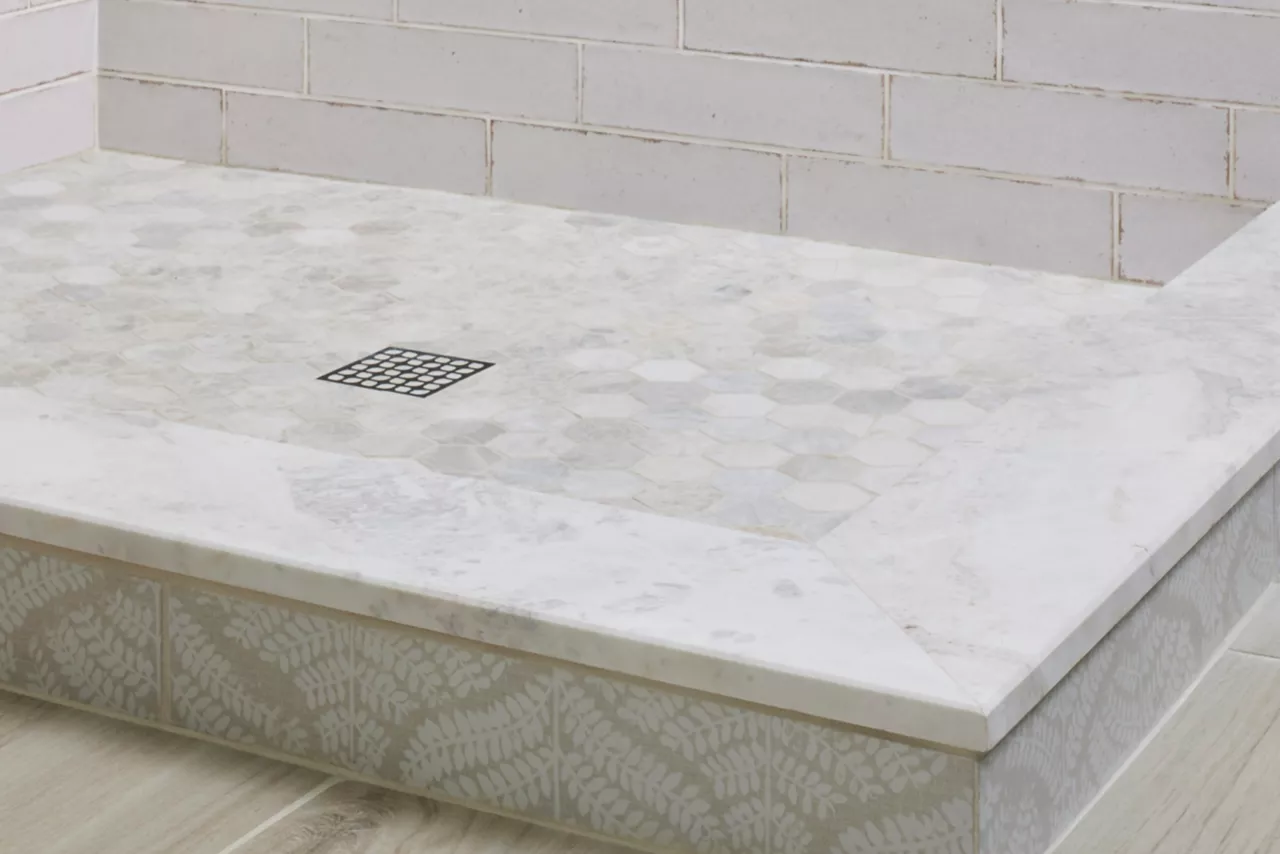
Ease the transition between your shower and bathroom floor with a tile curb or threshold. Available in a variety of stone styles, (like the Siberian Pearl marble threshold tile shown here) these pieces provide a smooth and elegant edge to your shower pan.
04
Tile Picture Frame
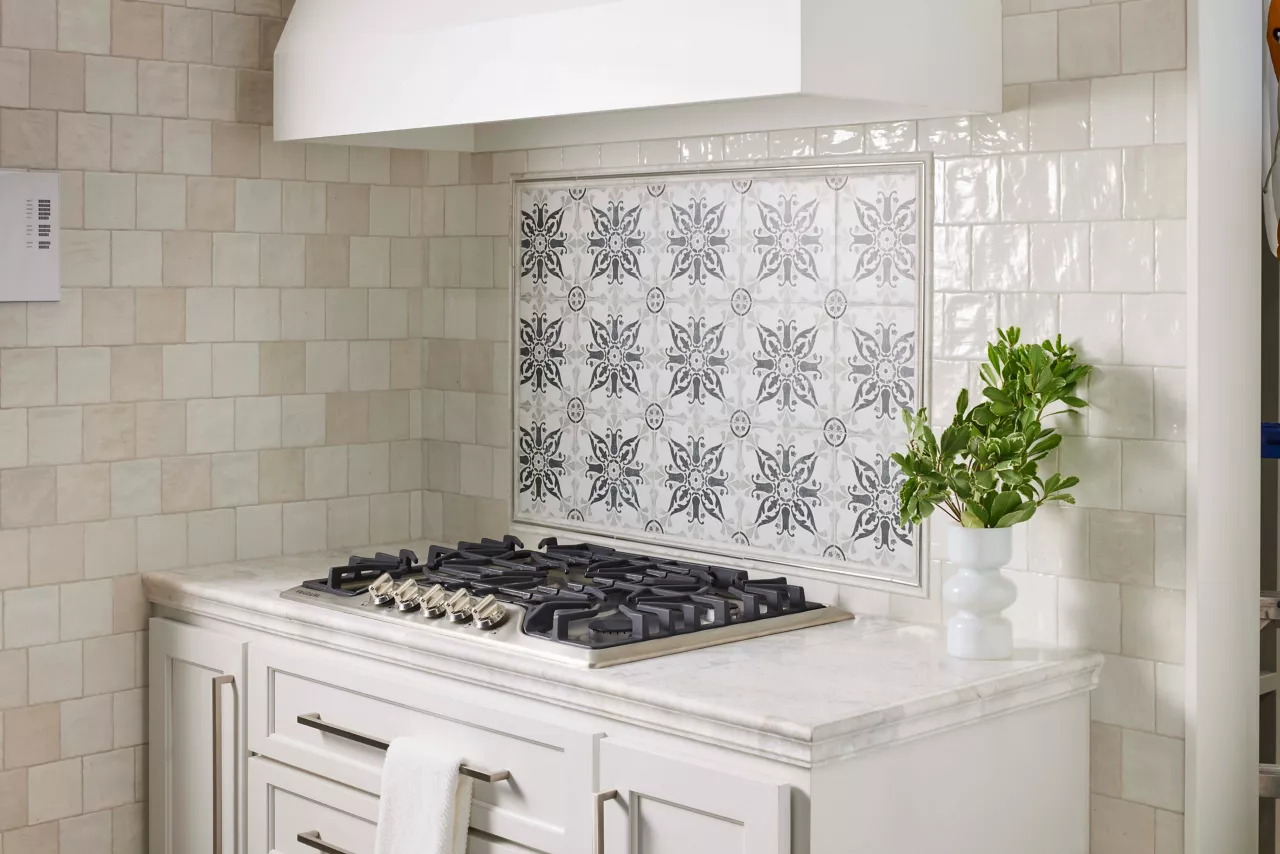
In love with a beautiful pattern or mosaic tile but worried it will overwhelm your space? A tiled picture frame can offer a striking showcase in a more manageable format, whether as a focal point in a shower or above the stove. This stylish backsplash features the Cybele Grey patterned tile elegantly framed with the Siberian Pearl Somerset and Barnes tile.
05
Take Advantage of a Stone Collection

Achieve a refined finish for your natural stone design by incorporating coordinating trim pieces. In this elegant transitional bathroom, the Arctic White marble tile on the shower walls are beautifully complemented by Barnes and skirting trim pieces. The marble is seamlessly paired with Claros Silver travertine tiles for the somerset, curb, and floor areas. The strategic use of trim to blend these materials creates a sophisticated, thoughtfully designed space.
06
Use Skirting to Finish the Edge
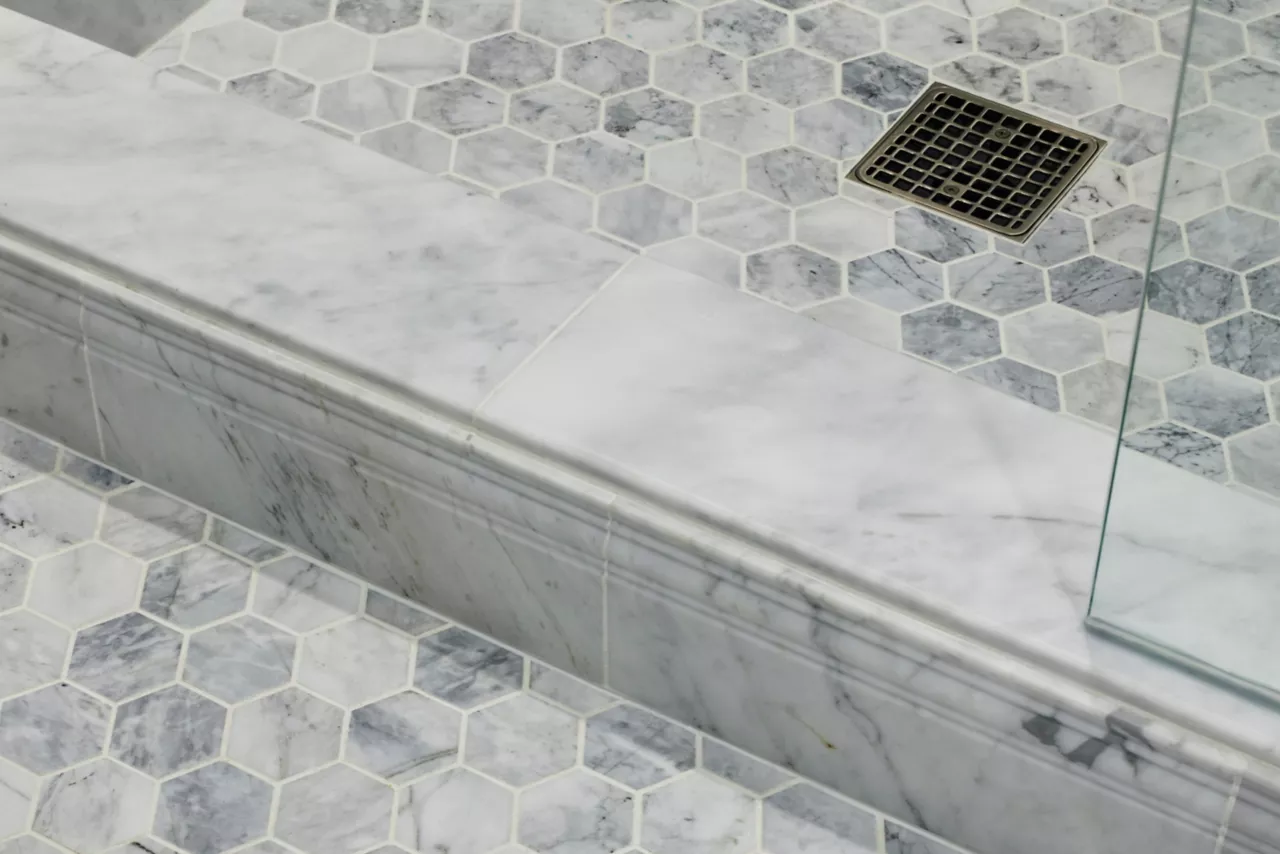
Much like a wooden baseboard, skirting elegantly finishes the bottom edge of a tile installation. In this chic bathroom designed by Nikki Chu, floor-to-ceiling in Ashford Carrara marble creates a cohesive look. The marble skirting tile wraps around the shower pan, adding a decorative edge and further elevating the luxurious design.
07
Use Metal Trim to Highlight a Decorative Niche
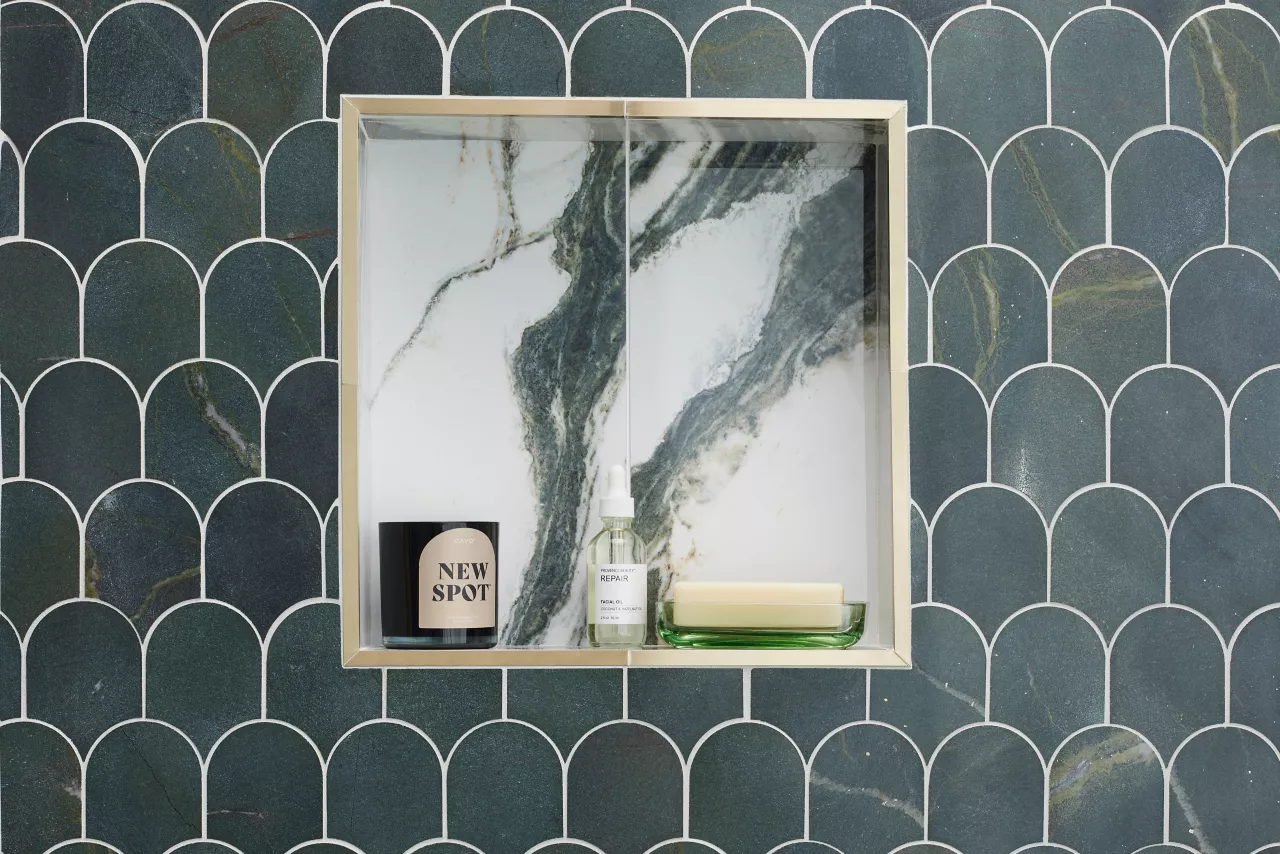
For a minimalist touch, use a single piece of metal trim to finish your edges. This stunning bathroom channels Art Deco vibes with the scalloped Gem by Alison Victoria marble mosaic tile, Precious Metals Rose pencil tile, and Marradi Calacatta Emerald marble-look tile. While the trim itself is understated, the combination of these materials creates a lavish and sophisticated shower space.
08
Pair Metal Trim With Metallic-Look Tile
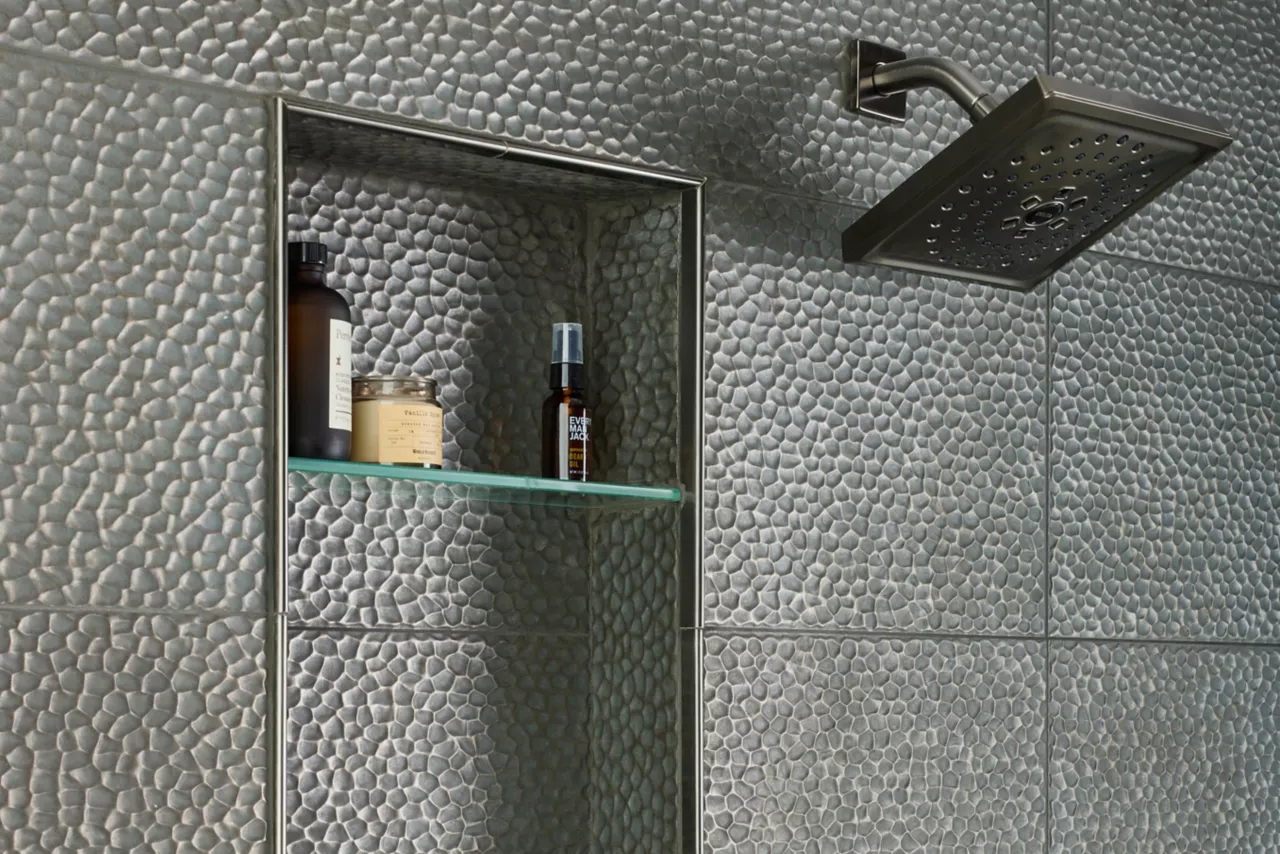
With a wide variety of trim pieces available, your finishing touch can be as decorative or unassuming as you like. Here the metallic-look Enredo Steel Dark Brown porcelain tile pairs seamlessly with the Dark Stainless Steel metal somerset for a sleek, “industrial style” aesthetic.
09
Create a Marble Chair Rail
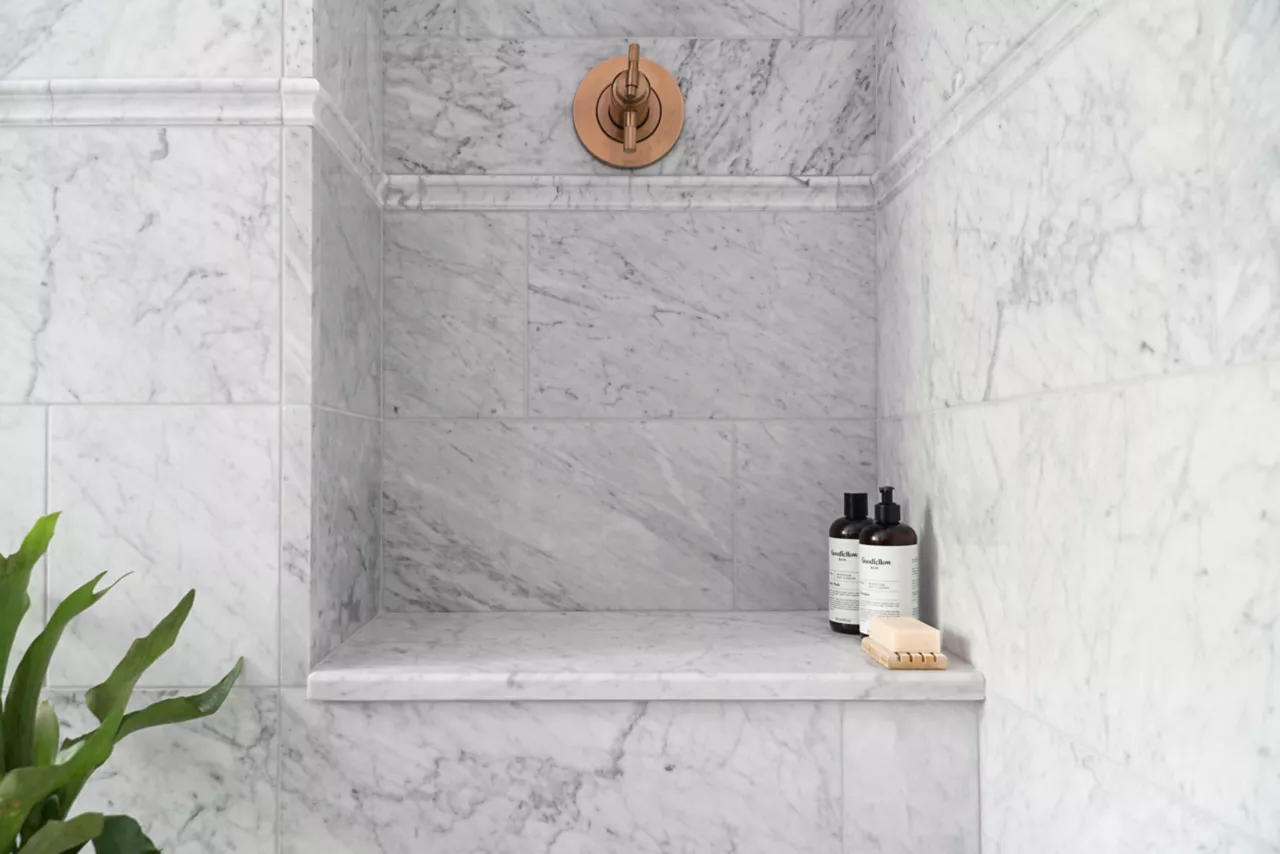
A traditional chair rail is a wooden moulding that wraps around a room's perimeter to protect the walls. Here Renovation Husbands use the Firenze Carrara polished barnes tile to create this effect in tile. The addition of the barnes trim lends a refined air to this luxurious Firenze Carrara shower.
10
Bathroom Tile Trim Ideas

Trim tile can add beautiful and unexpected touches to any room. In this Volakas marble tile bathroom, the extended recessed wall shelf is both chic and practical. The edges are finished with the Volakas somerset tile at the top and Volakas bullnose tile at the bottom, providing a polished and cohesive look.
11
Finish the Edge of a Shower Seat

A shower seat is a valuable addition for those with mobility issues or for preparing a home for aging in place. This stylish corner seat features the Marradi Calacatta Emerald marble-look tile with the Alison Victoria Precious Metals Rose pencil trim. This tile design complements the earlier featured shower, creating a cohesive look that coordinates seamlessly with the decorative shower niche.
12
Keep Tidy in Style with a Tile Corner Shelf
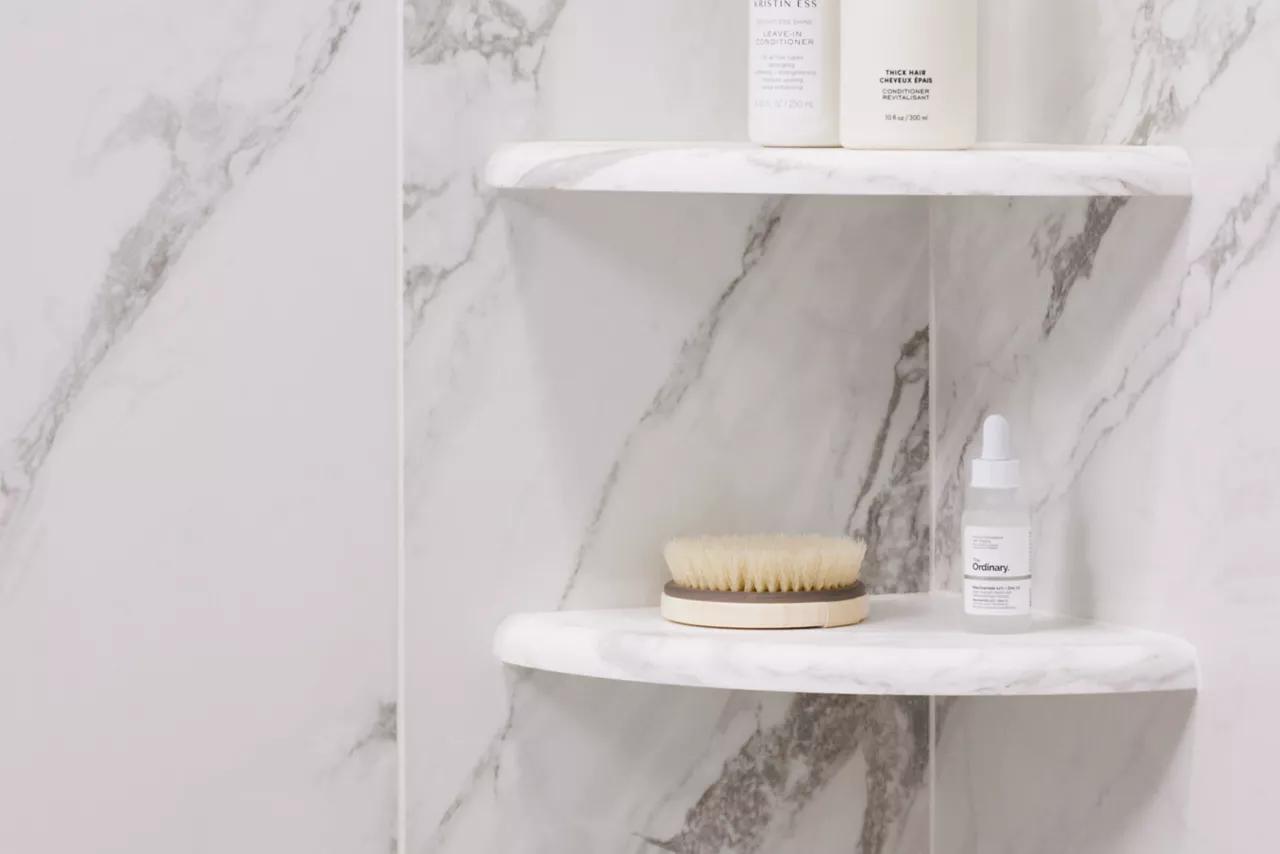
Available in a variety of stone and man-made materials, corner shelves are a stylish alternative to traditional shower caddies. Here the Volakas honed marble shower shelf coordinates beautifully with the Niro White polished porcelain wall tile, creating a seamlessly elegant look.
13
Finish the Edge With a Marble Pencil Trim
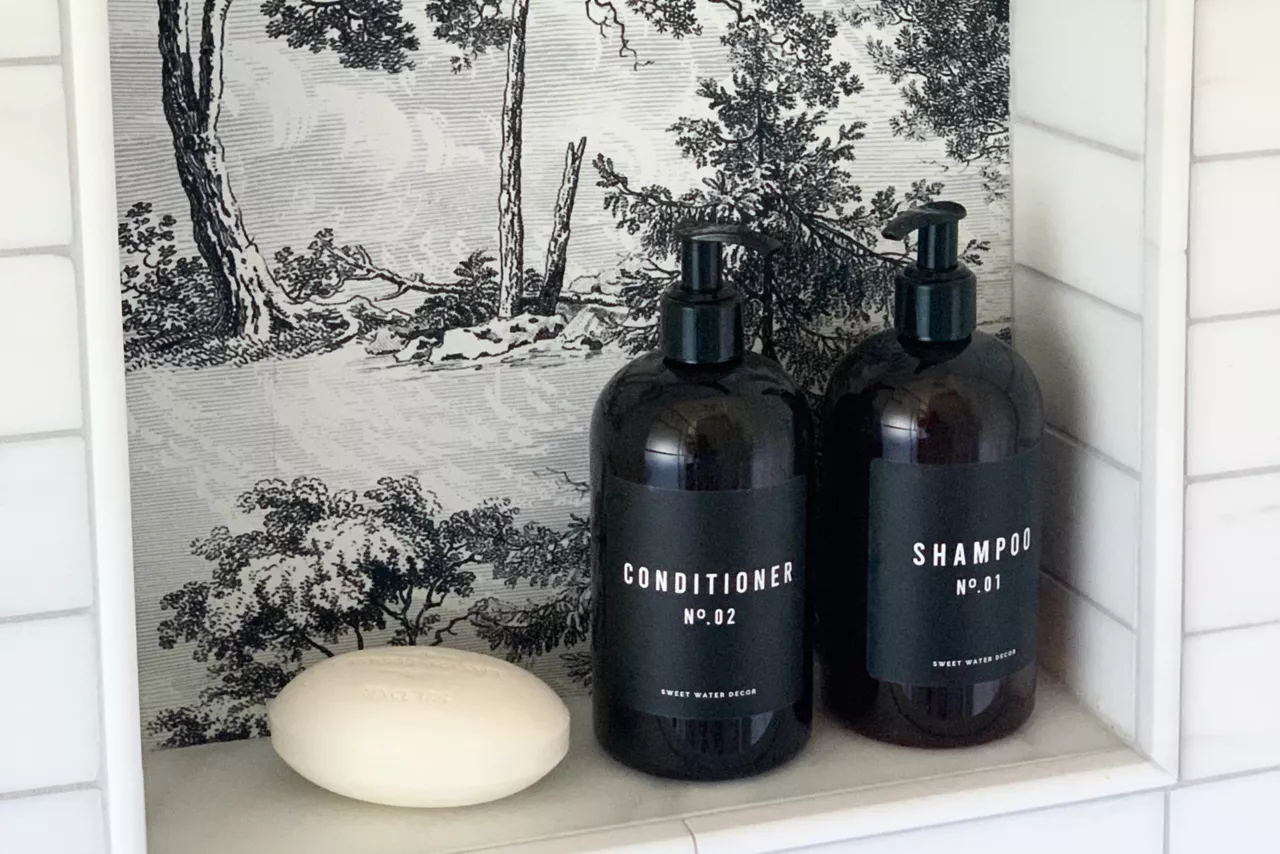
The Bianco Puro honed somerset tile creates a polished edge framing the shower niche. This understated trim blends seamlessly with the Bianco Puro honed marble subway tile ensuring that the detailed Saltus patterned tile remains the focal point.
14
Backsplash Tile Edge Trim
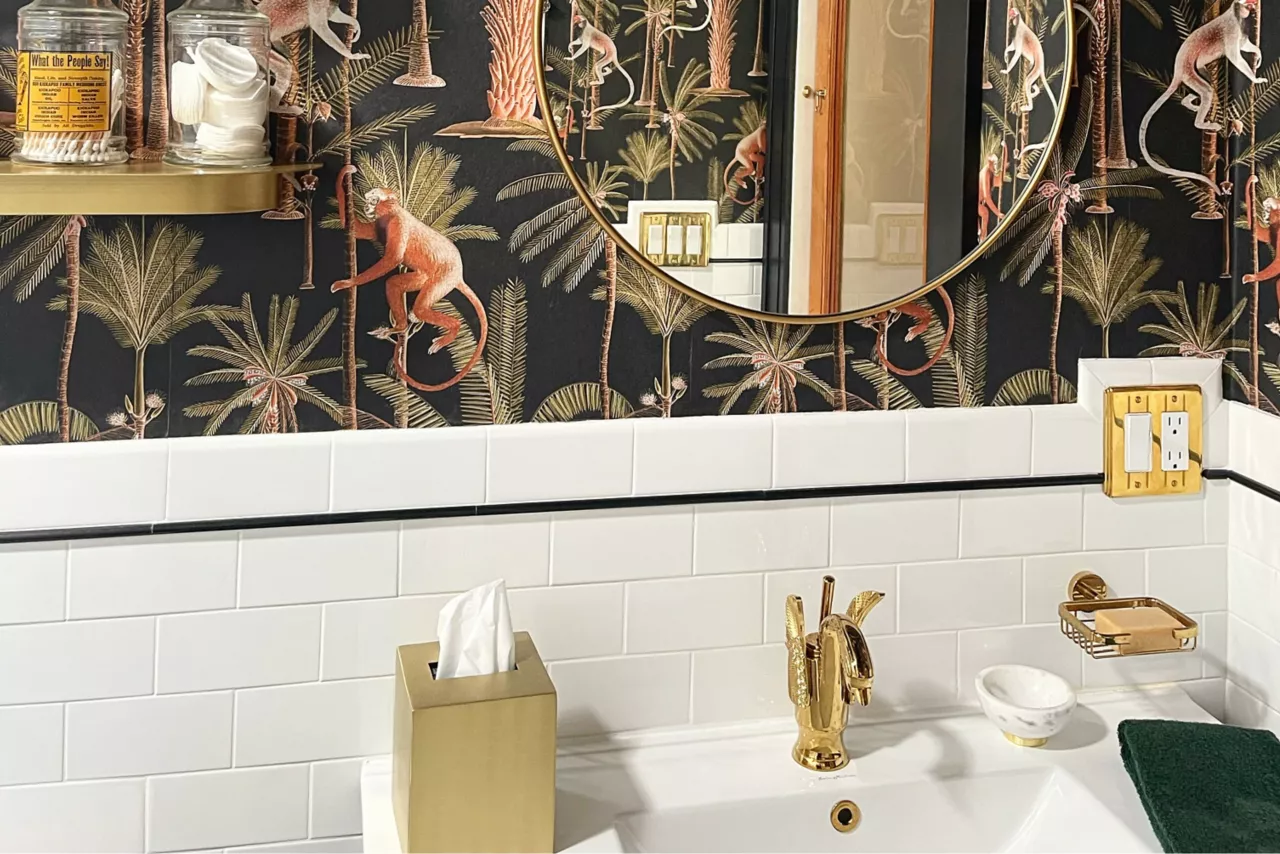
Trim tile helps smooth the transition between your backsplash and the painted or wallpapered portions of the room. In this vibrant bathroom designed by Jessica Brigham, the Imperial Bianco gloss REL bullnose tile matches the Imperial Bianco gloss subway tile but features a rounded edge for a smooth finish. The addition of the Black High pencil liner introduces an extra decorative detail, enhancing the overall design.